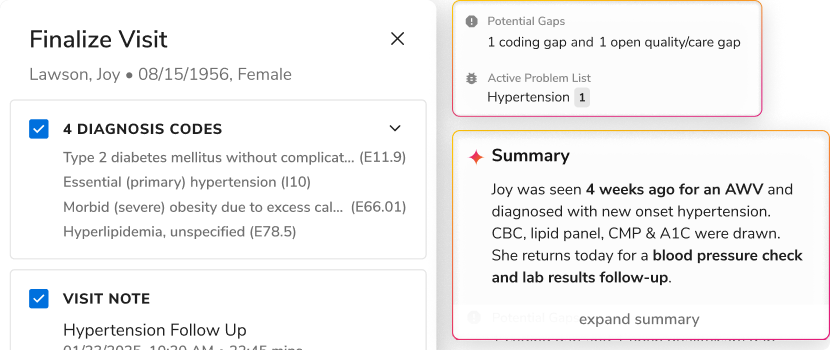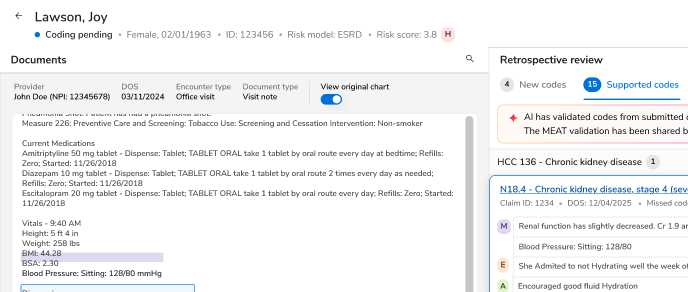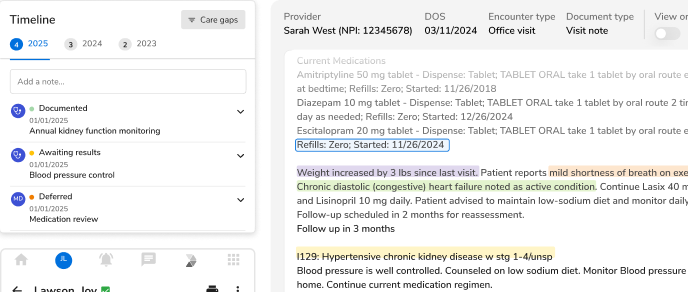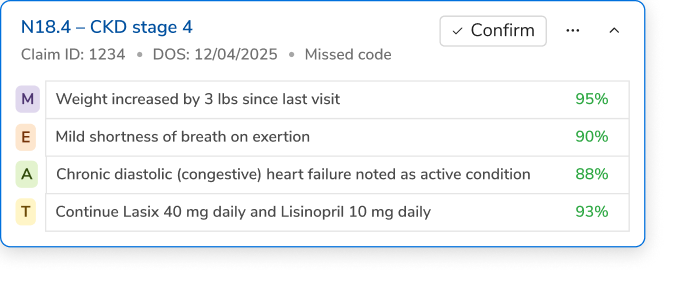The Era of a Data-Driven World

The amount of data is just increasing. In fact, the amount of electronic data that exists today is massive and is growing at a rapid rate – more than 2.7 zettabytes (that’s a 1 with 21 zeroes after it) of data exist today. This is projected to grow to 67 times that number in less than two decades. The way to manage this volume of data? – big data technology. With data is the ‘new oil’ being the mantra of leaders today, big data and analytics are all set to drive the next evolutionary jump of healthcare and business as we know it.
Big data- the portal, the key, the new world
Big data is a very holistic term. Pick anything, ranging from electronic data stored on a retailer’s computer to health data- including your DNA and genome sequence- Big data encompasses it all. And very much like anything else in the world, Big data too, houses several ideas and terms that could be segmented to gain a better understanding. There is unstructured data, structured data, and semi-structured data.
Unstructured data: Basically, any data with an unknown form or structure is tagged as unstructured data. Needless to say, it is vast and poses several challenges in terms of its processing and deriving value out of it.
Structured data: Opposite to unstructured, any data that can be stored, accessed or processed in a defined format can be called structured data. For the most part, it refers to information with a high degree of organization.
Semi-structured data: As the name suggests, semi-structured data falls somewhere between structured and unstructured. It contains both these forms of data- it could be structured but with no clear definition of the format.
Some studies estimate the amount of data generated every day totals $2.5 quintillion bytes. This amount is hard enough to comprehend, let alone make use of and yet organizations have been progressive about their adoption of data.
Creating “Big” value
In this age of digitization, data is a valuable frontier for innovation, competition, and productivity. Big data can be used to derive insights and obtain value in many ways, which can be categorized broadly into:
-
- Cost reduction: Gathering insights of data would help organizations gain an understanding of their overhead costs, leakages and pinpoint the processes they undertake which don’t justify their costs.
- Efficient processes: In the world where time is money, having access to data would help organizations optimize their processes and reduce cycle time for complex and large-scale analytics from hours to seconds.
A department store in the U.S. managed to reduce the time to optimize pricing of its 73 million items for sale from over 27 hours to just a little over one hour- all thanks to efficient data and analytics.
- Adaptive learning: Artificial intelligence and adaptive learning have been around for years, but it’s the explosion of data that has allowed it to advance at incredible speed. Without data, adaptive and intelligent processes would only be rudimentary without extensive data and analytics.
- Improved Business decisions: Questions like “what offers to present to a customer? How much inventory should we hold in the warehouses? How to price our products? What do the industry trends say?” have a one-key answer- good data.
- New processes and innovation: Perhaps the most ambitious application of big data is utilizing it to create new products and service offerings. A set of tools, technologies, and people coordinating and coordinated by data can make way for new processes and innovation.
The applications of big data don’t just stop here: improving business opportunities, refining operations, engaging customers, improving machine learning, managing logistics, analyzing medical records, understanding genome sequences, analyzing frauds and abuse- to only name a few.
Got data? Here comes the next step
We understand that no matter the role, no matter the sector, data has the potential to transform it. Companies have already begun restructuring themselves, their internal processes, their systems and cultures to explore and address the opportunities provided by data. The question that remains- how?
Answer: analytics. As data becomes more intelligent, more usable and more insightful, analyzing data would require noteworthy capacity and prowess. Analytics drive business and it’s important to understand what kind would work best:
- Descriptive analytics: Make use of business intelligence and find an answer to ‘what has happened?’
- Diagnostic analytics: Examine available data to ask, ‘why did it happen?’
- Discovery analytics: Understand the depths to explore, discover, and verify.
- Predictive analytics: Conduct quantitative analysis on data sets of past and present and ask, ‘what could happen?’
- Prescriptive analytics: Optimize and examine to figure out, ‘what should we do?’
- Sentiment analytics: Determine and derive if the given is data is negative, positive or neutral.
- Geospatial analytics: Add geographic location to business data and enhance insights into developing trends.
Data-driven revolution? Check. Time to make way for data-driven healthcare
Just in the United States alone, several major sectors are transforming to become data-driven, like:
- Location-based applications
- U.S. retail
- Manufacturing
- Public sector
As for health care, the costs are already driving the demand for big-data driven healthcare applications. Then we have the issues on access, equity, quality, efficiency and healthy lives. However, there have been standards and incentives for digitizing healthcare along with boosting improvements and decreasing costs. To begin with, almost 80% of healthcare data is unstructured and is growing exponentially. The first and the foremost issue that needs addressing is data integration. As capturing and bringing all the information about every patient together is realized, we gain a complete picture for care coordination, population health management and ultimately- value-based care.
Several initiatives like fraud, waste and abuse analytics, predictive analytics, evidence-based care, and real-time monitoring are grabbing eyeballs and illustrating the transformation to a data-driven world.
Summing up, access to data is critical. While the use of data may vary across sectors and operations, the road to proactive innovation is data-led. Some projects and initiatives may work straight away; some will reveal a significant learning curve. However, it has to be understood that digital transformation isn’t just about data and technology- it’s about embracing the change, exploring millions of possibilities and paving the way to long-term success- quantitatively.
For more updates, Subscribe
If you want to see our efforts in the area, Schedule a quick demo
If you want to see our efforts in the field of Big data and analytics, schedule a quick demo and join us at Becker’s Hospital Review 3rd Annual Health IT + Revenue Cycle Conference, at Booth #408.

.png)





.png)









.svg)
.svg)

.svg)

